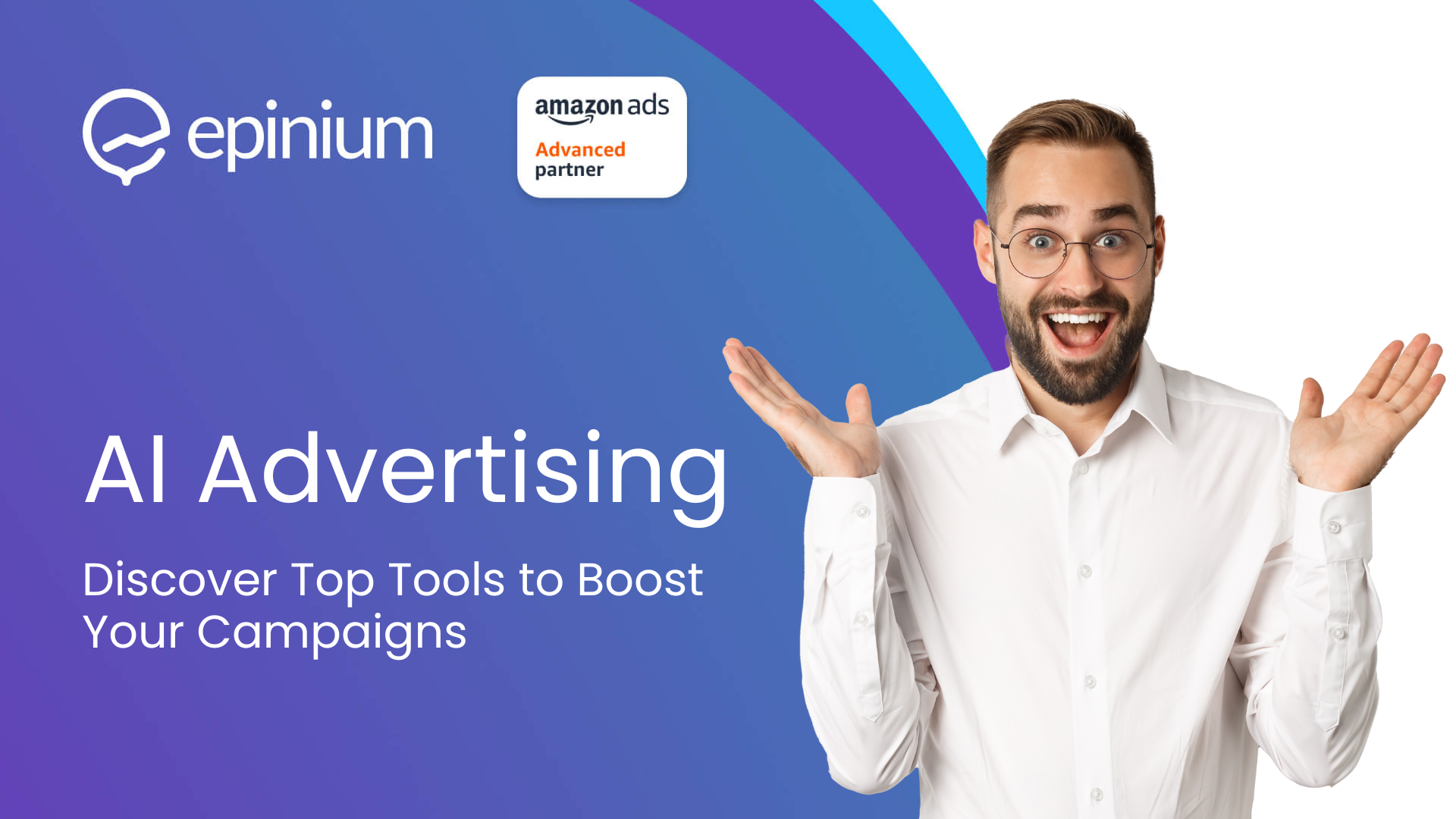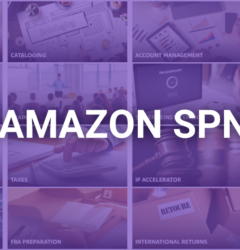Introduction to AI Advertising
What is AI Advertising?
AI advertising refers to the use of artificial intelligence technologies to create, optimize, and analyze advertising campaigns. AI can be employed at every stage of an ad’s development, from writing the ad copy to placing the campaign in front of the right audience. This technology analyzes large amounts of data faster and more accurately than humans, making it ideal for creating profitable ads. AI operates 24/7, providing a reliable solution to manage ad campaigns and maximize return on investment (ROI).
Benefits of AI Advertising for Businesses
The advantages of AI advertising are numerous and impactful for businesses of all sizes. Here are some key benefits:
- Efficiency: AI can automate time-consuming tasks such as ad creation and performance analysis, freeing up valuable time for marketers to focus on strategy and creativity.
- Personalization: AI tools can analyze vast amounts of data to create highly personalized ads that resonate with specific audience segments, leading to better engagement and conversion rates.
- Cost-Effectiveness: By optimizing ad spend and targeting the right audiences, AI can help businesses achieve better ROI on their advertising budgets.
- Scalability: AI advertising tools can easily scale to handle large volumes of campaigns and data, making them suitable for both small businesses and large enterprises.
Benefits for Small Businesses
For small businesses, AI advertising offers several distinct advantages:
- Affordability: AI tools can provide sophisticated advertising solutions without the need for a large budget.
- Time-Saving: Automating ad creation and optimization frees up time for business owners to focus on other critical tasks.
- Access to Expertise: AI levels the playing field, giving small businesses access to advanced marketing techniques typically used by larger companies.
Benefits for Medium-Sized Businesses
Medium-sized businesses can leverage AI advertising to:
- Enhance Efficiency: Streamline marketing operations by automating repetitive tasks and focusing on strategic initiatives.
- Improve Targeting: Utilize AI to refine audience segments and deliver more personalized ad experiences.
- Boost Performance: Use real-time data analysis to continuously optimize campaigns and improve ROI.
Benefits for Large Enterprises
Large enterprises can benefit from AI advertising through:
- Scalability: Manage large volumes of ad campaigns across multiple platforms with ease.
- Advanced Analytics: Leverage deep data insights to inform strategic decisions and drive business growth.
- Integrated Solutions: Utilize AI to integrate and streamline various aspects of marketing, from creative development to budget management.
How AI is Used in Advertising
AI in Ad Creation
AI tools can generate creative content for ads, including headlines, copy, and visuals. These tools analyze data on what works best for similar ads and apply these insights to create compelling content. For instance, AI can suggest headline variations, optimize images for different platforms, and generate ad copy that aligns with brand guidelines.
AI in Ad Targeting
Targeting the right audience is crucial for the success of any advertising campaign. AI analyzes user data to identify the most relevant audience segments and deliver personalized ads. This involves:
- Behavioral Analysis: Understanding user behavior and preferences.
- Predictive Analytics: Using historical data to predict future behavior.
- Contextual Targeting: Placing ads in contexts that engage the target audience.
AI in Performance Analysis
AI tools monitor and analyze ad campaign performance in real-time, providing insights for data-driven decisions. This includes:
- Automated Reporting: Detailed reports on key performance metrics.
- A/B Testing: Running multiple ad versions to determine the best performer.
- Sentiment Analysis: Gauging audience reactions to ads and adjusting strategies accordingly.
Top AI Tools for Creating Ads
Overview of Popular AI Advertising Tools
Several AI tools have emerged as leaders in the advertising space, each offering unique features:
- Jasper: Versatile and user-friendly, Jasper generates a wide range of content, from ad copy to social media posts.
- ChatGPT: Developed by OpenAI, ChatGPT excels in creating high-quality text across various domains.
- Copy.ai: Great for short-form content like ad copy and social media posts, with quick generation capabilities.
- Writesonic: Offers various content generation options, including SEO-friendly blog posts and ad copy.
- Wordtune: Focuses on refining and enhancing existing content, providing suggestions for rewriting and improving readability.
Features to Look for in AI Ad Tools
When choosing an AI tool for advertising, consider these features:
- Customization: Ability to tailor content to brand guidelines and audience preferences.
- Integration: Compatibility with other marketing tools for seamless campaign management.
- Scalability: Capacity to handle large volumes of data and campaigns.
- Ease of Use: User-friendly interface for simplified ad creation and optimization.
Can AI Make Ads for You?
Automated Ad Creation
Yes, AI can create ads for you. Automated ad creation tools can generate complete ad campaigns, including text, images, and targeting parameters, using data-driven insights to craft high-performing ads. These tools leverage advanced algorithms to ensure that the generated ads are compelling, relevant, and aligned with the overall marketing strategy. By automating this process, businesses can save time and resources, allowing them to focus on higher-level strategic planning.
How AI Generates Ads
AI generates ads by analyzing large datasets to identify patterns and trends. The process involves:
Data Collection
Gathering data from various sources, such as user behavior, demographics, and market trends. This data provides the foundational insights needed to create effective ads.
Content Generation
Using algorithms to create ad copy and visuals. AI tools can generate multiple versions of ad text and images, ensuring that the content is optimized for different audiences and platforms.
Optimization
Continuously improving ad content based on performance data. AI tools monitor ad performance in real-time, making adjustments to targeting, bidding, and creative elements to maximize effectiveness. This iterative process ensures that ads remain relevant and engaging over time.
The Future of AI in Advertising
Emerging Trends in AI Advertising
The future of AI in advertising includes several exciting trends:
Voice Search Optimization
With more people using voice assistants like Alexa and Google Assistant, optimizing ads for voice search is crucial. AI helps create ads that match natural language patterns, making them more discoverable through voice queries.
Augmented Reality Ads
AI enhances AR ads by seamlessly integrating digital elements into the physical world. These interactive ads, such as virtual try-ons, offer engaging experiences that boost customer interaction and drive engagement.
Advanced Personalization
AI delivers hyper-personalized ads by analyzing detailed user data. This allows for highly targeted ads that resonate with individual preferences and behaviors, improving engagement and conversion rates.
Predictive Analytics
AI-driven predictive analytics enables advertisers to anticipate consumer behavior and trends. By leveraging historical data, AI can predict which ads will perform best with specific audiences, allowing for more strategic ad placements and higher ROI.
Programmatic Advertising
AI improves programmatic advertising by automating the process of buying and placing ads. Real-time data analysis ensures ads are shown to the right people at the right time, maximizing ad spend and campaign effectiveness.
Dynamic Creative Optimization (DCO)
AI enables real-time tailoring of ad content based on user data and context. This dynamic approach results in more relevant and engaging ads that adapt to each user’s needs and preferences.
Ethical AI and Transparency
There is a growing focus on ethical AI practices and transparency. Advertisers are increasingly concerned with responsible data use and transparent AI processes, leading to the development of fair and accountable AI systems.
Predictions for the Next Decade
Over the next decade, AI is expected to further revolutionize advertising by:
- Enhancing Creativity: AI will assist in the creative process, providing new ways to brainstorm and develop innovative ad concepts.
- Improving Accuracy: As AI algorithms become more sophisticated, targeting and personalization will become more precise, leading to better user experiences and higher engagement.
- Increasing Automation: More aspects of advertising will be automated, allowing marketers to focus on strategy and creativity while AI handles routine tasks.
- Integrating Cross-Channel Marketing: AI will enable seamless integration of marketing efforts across various channels, ensuring consistent messaging and experiences for consumers.
- Emphasizing Data Privacy: AI systems will prioritize data privacy, complying with new regulations and building trust with users through transparent practices.
In summary, AI advertising is set to transform the landscape with advancements in voice search optimization, AR ads, advanced personalization, predictive analytics, programmatic advertising, dynamic creative optimization, and ethical AI practices. As AI evolves, it will enhance creativity, improve accuracy, increase automation, integrate cross-channel marketing, and prioritize data privacy, shaping the future of advertising.






